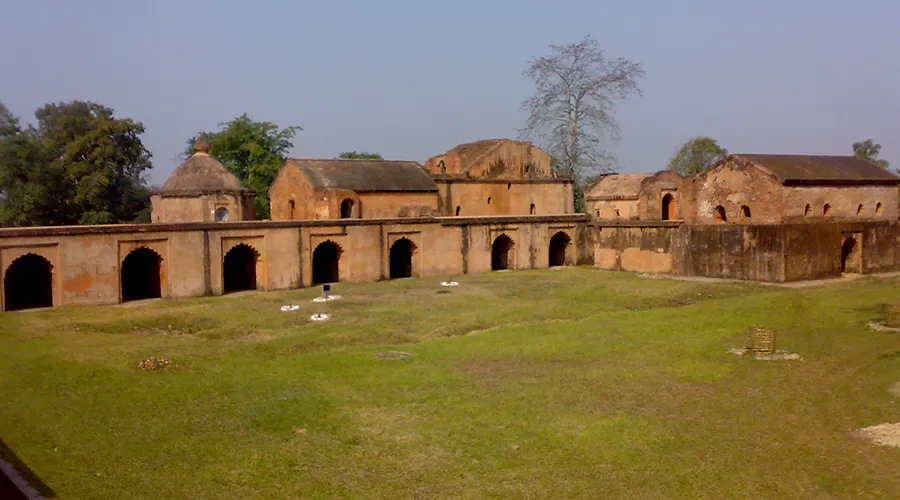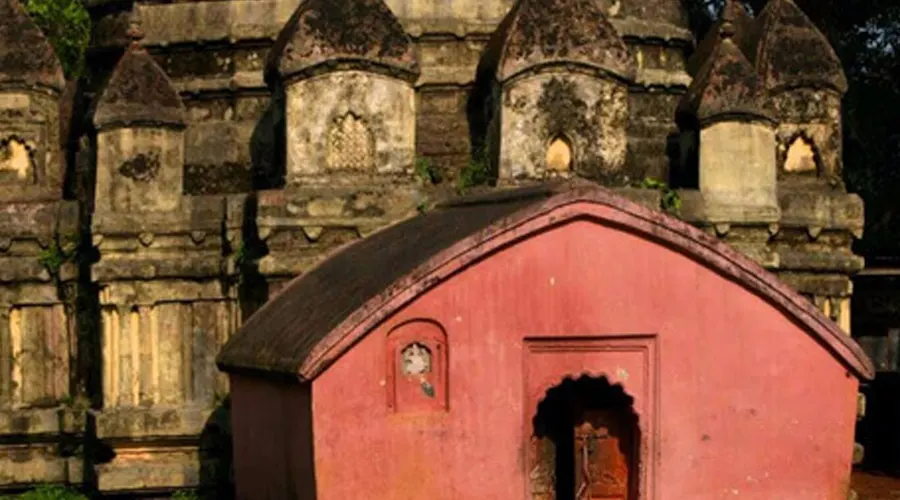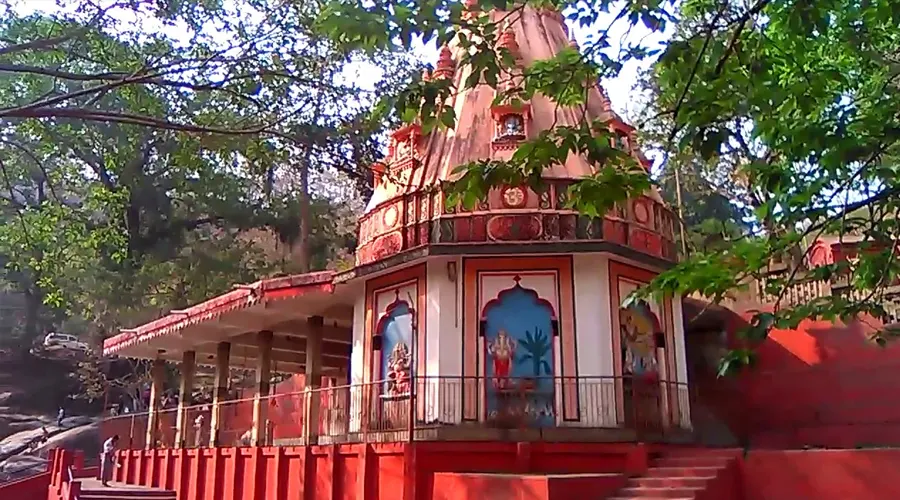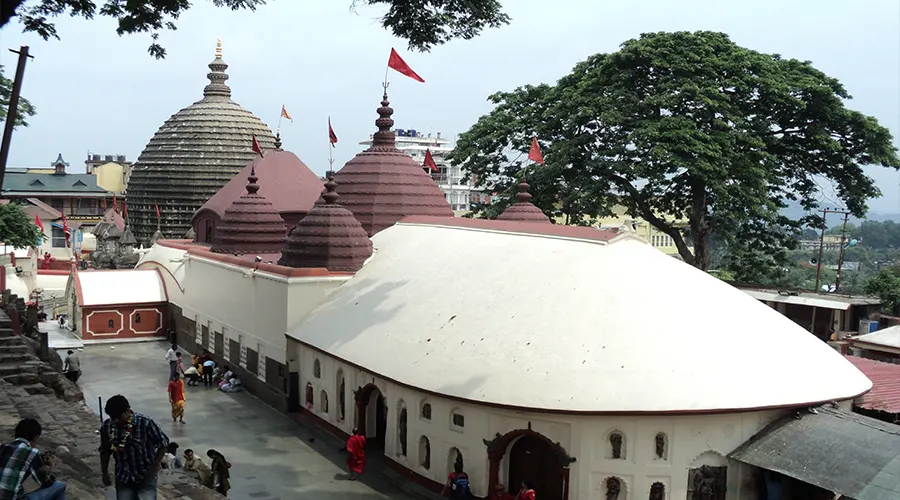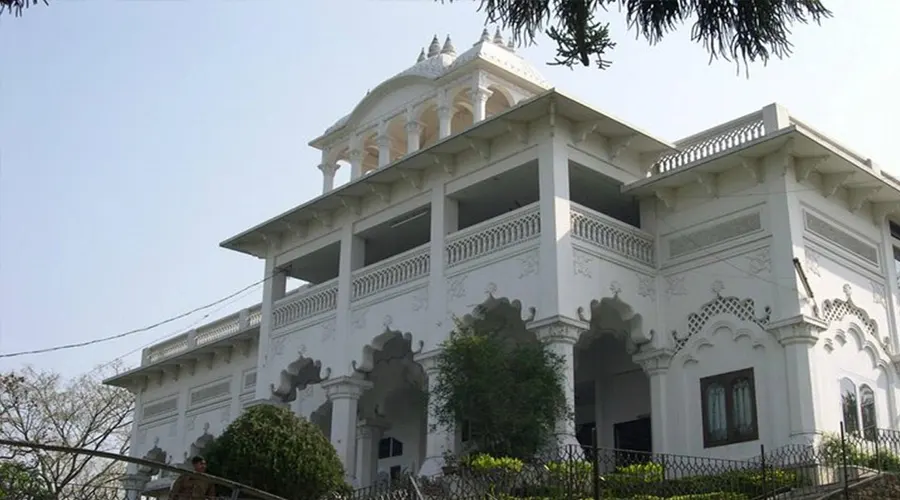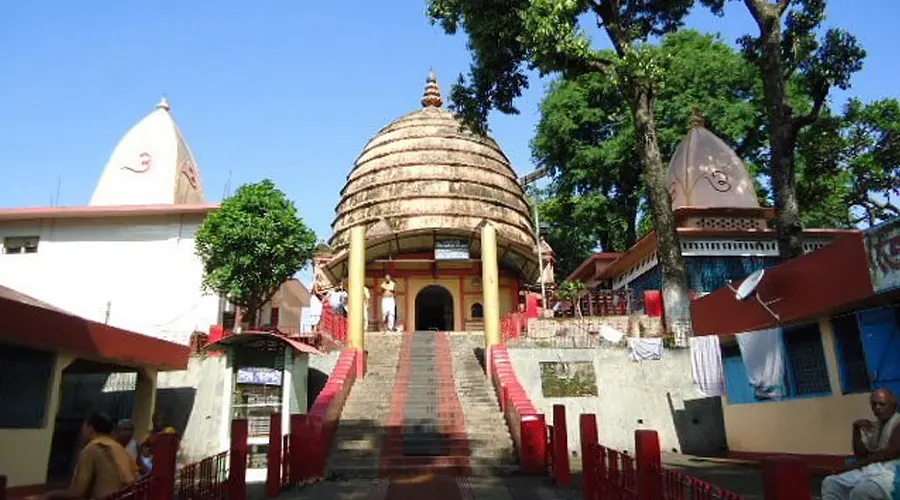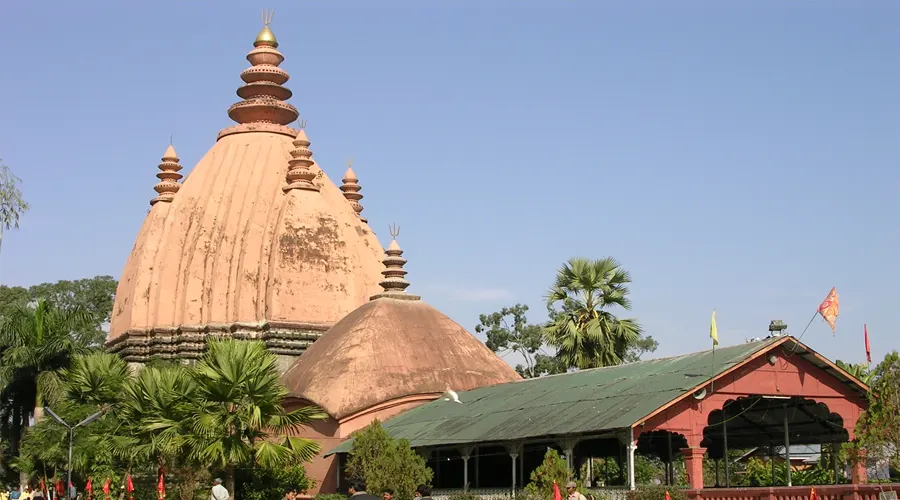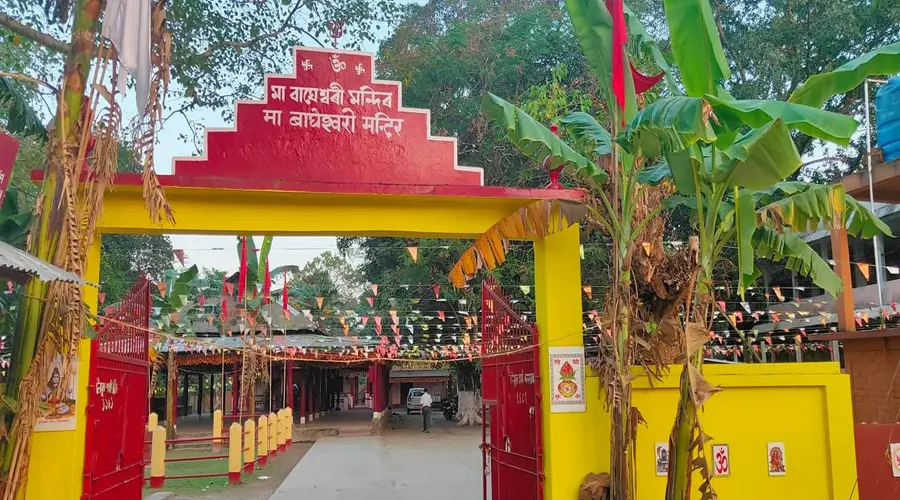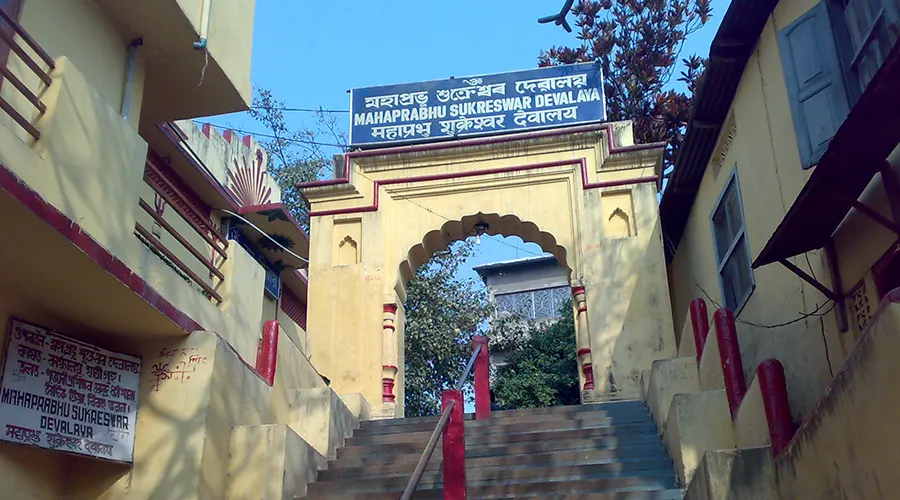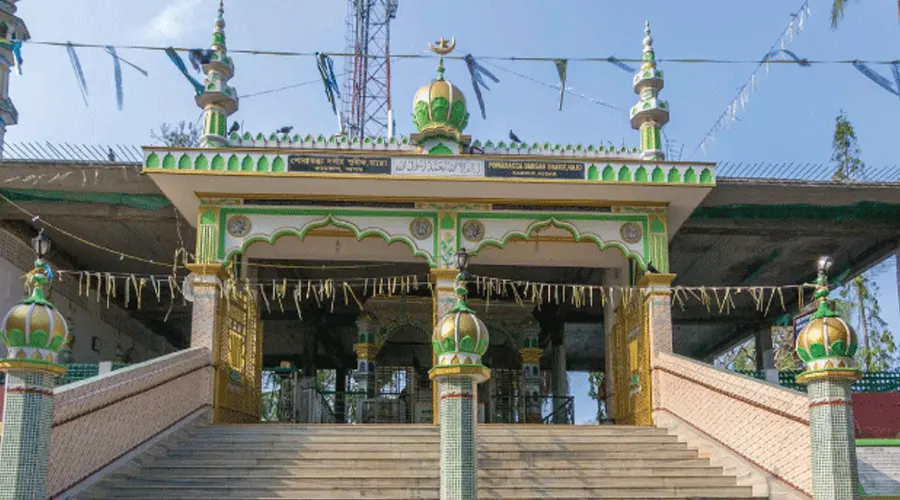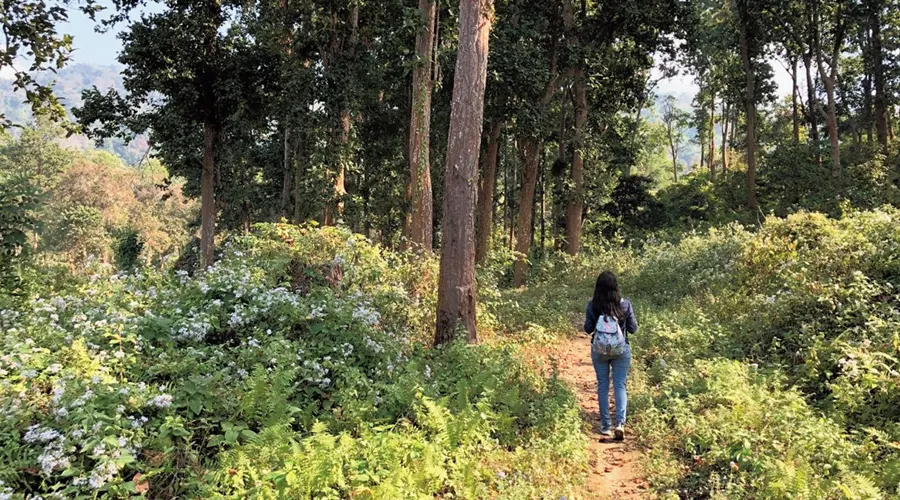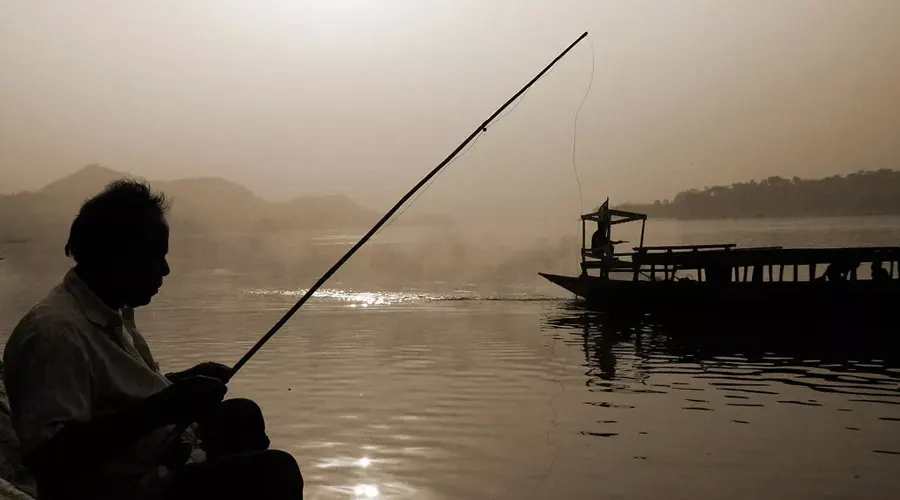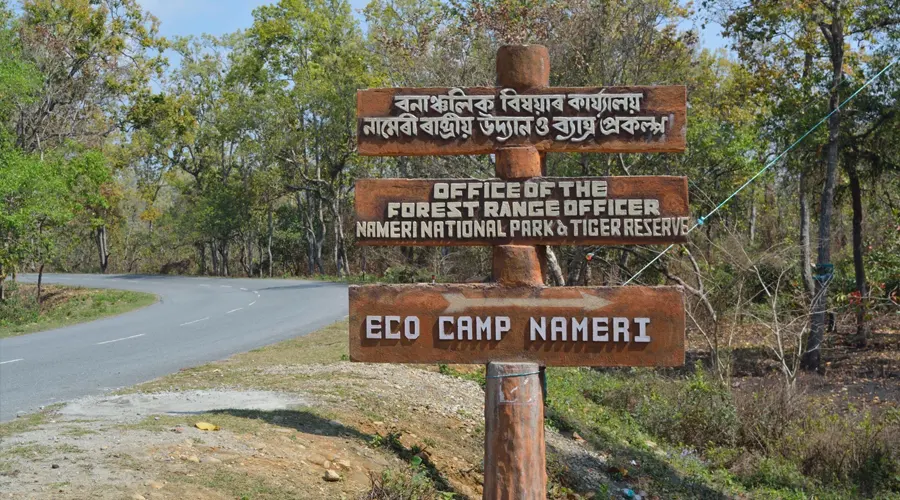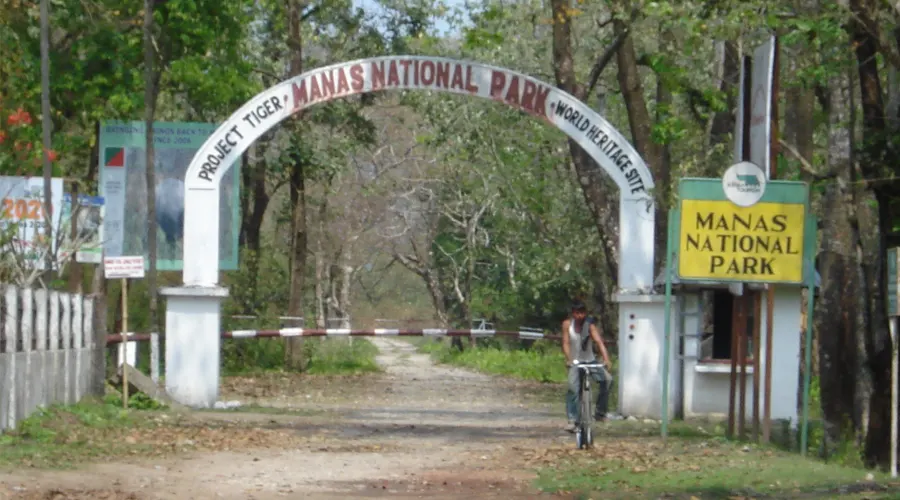Talatal Ghar
The Talatal Ghar or the Rangpur Palace is situated in the northern region of Assam and is one of the most impressive of Tai Ahom architecture. Not only does it stand as a worthy testament to the vibrant Assamese culture and its rich history, but it is also the largest of all Ahom monuments in the entire world. History buffs and architecture lovers should add Talatal Ghar to their go-to list.
Boasting a typical Mughal architecture style, the upper ground floor of the Talatal Ghar is popularly known as Kareng Ghar and was used as a live-in palace by the royalty of Assam. Raja Swargdeo Rudra Singha, the successor of Swargadeo Rajeswar Singha, added these top floors during his regime making the Talatal Ghar an elegant and truly spectacular seven-story royal palace.
An interesting fact about this stunning monument is it has been built with purely organic materials - bricks and organic cement (a mixture of rice powder and duck eggs). What is truly notable is that this structure has been standing tall and strong for centuries.
Initially built as an army base, the Talatal Ghar is famous for housing two secret tunnels. It was said to be a stronghold of the Ahoms during wars. The Rangpur Palace is the underground structure within the Talatal Ghar; its sibling the Kareng Palace makes up the four floors above ground level. Different legends of old accompany the Talatal Ghar and it is a popular tourist spot for this very reason.
History
Located in Rangpur, capital of the Ahom Kingdom, this magnificent palace was originally built as an army base by the great Ahom Swargadeo Rajeswar Singha between 1751 AD and 1769 AD. This elegant structure has two tunnels and three underground floors that were built to facilitate emergency evacuation for the King and his army in times of crisis. The alleys are built like a maze, such that even if the enemy entered the premises, they would be completely lost!
Architecture
After Swargadeo Rudra Singha’s demise, the massive fort underwent major changes. Three ground storeys were added to the structure making the Talatal Ghar a seven-storey palace. Walking through the long passageway from the east to the west, you will find several rooms flanked on either side of the passage. These rooms were used as live-in chambers by the Assamese royalty. The rooms situated along the north to south passageway were minor division chambers, each assigned to a certain task or the servers in the palace.
Of the seven levels of the fortress, four levels lay above the ground and three levels lie below. The first level on the land was used as stables, constants, hoard rooms, and servants' lodgings. The chambers of the majesties are on the two higher levels but are not open to the general public. There is an octagonal room towards the north known as the veneration room right next to it. Among the many chambers, there is one such separated towards the south of Talatal Ghar that stands a little farther from the other rooms. This is presumed to have been used for imprisoning the queen.
The three levels built by King Swargadeo Rajeswar Singha were built with completely natural materials- red bricks and organic cement made of rice powder and duck eggs and have been standing strong since their construction. However, the upper levels built by his successor Swargadeo Rudra Singha were built primarily of wood and hence have been completely dilapidated.
Since the Talatal Ghar was primarily built as an army base, it consists of two secret tunnels- one linked to the Dikhow stream which is around 3 kilometers away, and another linked to the Garhgaon fortress, which lies at a distance of 16 kilometers. These were built as hiding chambers and escape routes for the king and his army. Tourists are allowed to visit the upper three levels of Talatal Ghar. The underground floors are closed to visitors.

